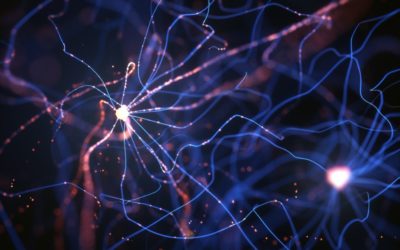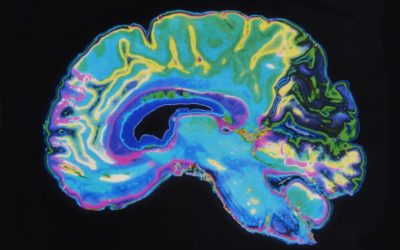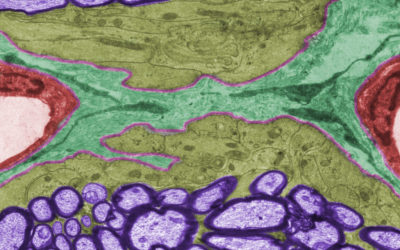Quick Hits
Daily brief research updates from the cognitive sciences

Oh, I do like a good laugh, I do. In fact many of us do with humour being a feature of our societies be that in daily interactions to paying money to see comedians to TV and streaming series that are humorous. And this is something that can be seen in all cultures.
But what part of the brain drives this humour and playfulness and are they related? Well, this is not a well-researched area, alas more serious topics get the focus in neuroscience research.
This is where a group researchers around Michael Brecht and Natalie Goveli at the Humboldt University in Berlin come in – see the Germans do have humour! In this research the researchers had the enviable task of making rats first of all feel comfortable in their environment and then playing (chase the hand) and tickling them!
Yup, rats are ticklish and giggle too – they vocalise high pitch subsonic squeaks – sweet. And don’t you just love the image of scientific researchers tickling rats.
First off, it must be noted that the rats need to feel comfortable in their environment, anxiety and stress inhibits playfulness. Not surprising but a good reminder to ourselves also.
During the play and subsequent laughter the researchers scanned the rats brains and were able to identify the regions involved in this – and this also highlights the surprising importance of play and subsequently laughter.
The researchers identified a region known as the peridaqueductal gray as being both involved in play and laughter. This region sits deep in the brain and is considered an older and more “primitive” part of the brain that controls instinctive behaviours and also survival important behaviour such as the fight or flight response. Other research has also shown that play can persist even if the newer “more advanced” region of the brain, the cortex, is missing.
This suggest that play is deeply instinctive and present to some degree in all of us – most noticeably , of course, in children. But rather than being childish we can consider it an essential feature of our brain. What’s more, lead researcher Brecht sees that play is a self-training behaviour meaning that play is essential in helping to build brains.
And therfore it is certainly something that is not just for children – indeed our societies with our laughter, jokes, and comedy shows, show this. This not to mention plenty of other benefits of laughter and play such as stress reduction and social bonding.
So go on, have a laugh will you.

Andy Habermacher
Andy is author of leading brains Review, Neuroleadership, and multiple other books. He has been intensively involved in writing and research into neuroleadership and is considered one of Europe’s leading experts. He is also a well-known public speaker, speaking on the brain and human behaviour.
Andy is also a masters athlete (middle distance running) and competes regularly at international competitions (and holds a few national records in his age category).
References
Natalie Gloveli, Jean Simonnet, Wei Tang, Miguel Concha-Miranda, Eduard Maier, Anton Dvorzhak, Dietmar Schmitz, Michael Brecht.
Play and tickling responses map to the lateral columns of the rat periaqueductal gray.
Neuron, 2023
DOI: 10.1016/j.neuron.2023.06.018
More Quick Hits
How Nutrition Can Increase Motivation – In the Brain
Fascinating study on how antioxidants (and therefore also nutrition) in the brain can increase motivation…
Mindfulness Intervention as Effective as Drugs in Anxiety Disorders
An important study showing how mindfulness is as effective as medication – without the side effects…
New Insights into How the Teenage Brain Develops
Teenagers’ brains go through substantial changes – and now we know more of some of these…
Screen Time Boosts Wellbeing in Teenagers!
Screen time is considered a modern technological evil – maybe not so for teenagers…
Taking Photographs of Slides Improves Memory of Presentations
Taking pictures has been shown to reduce memory – but this study shows the opposite…
How Your Brain Eats Itself – To Improve Memory
Your brain eats itself – gruesome eh! Actually this appears to be a good thing most of the time…






